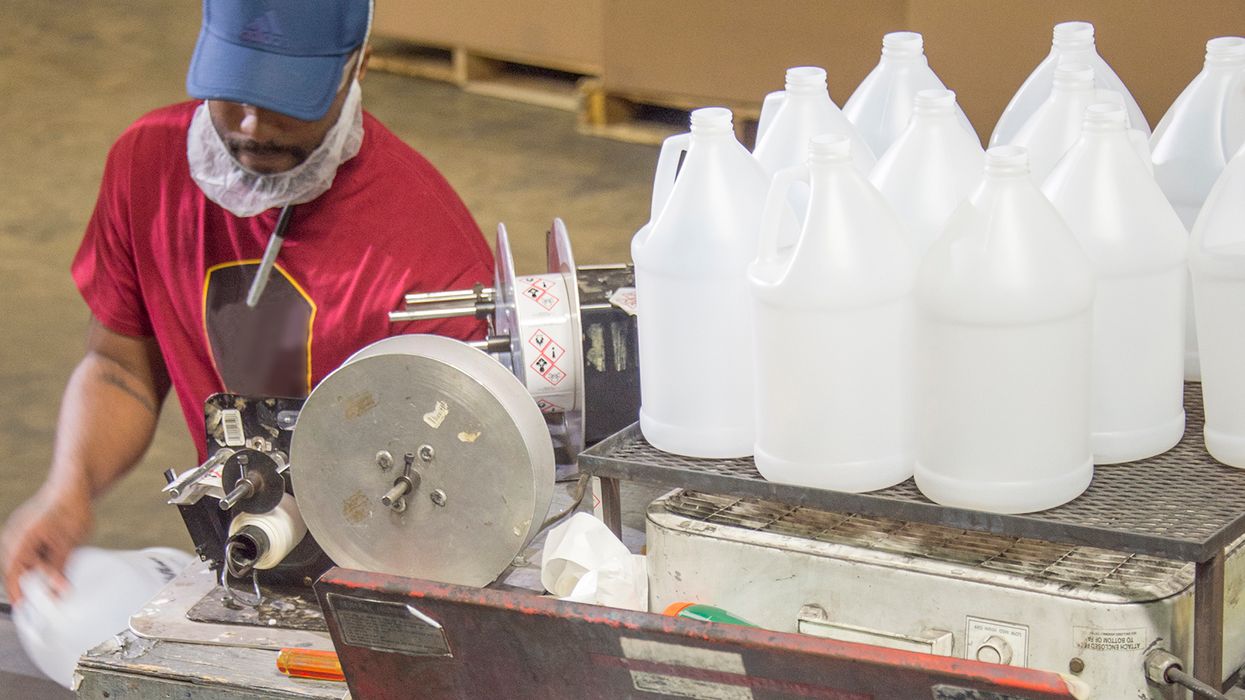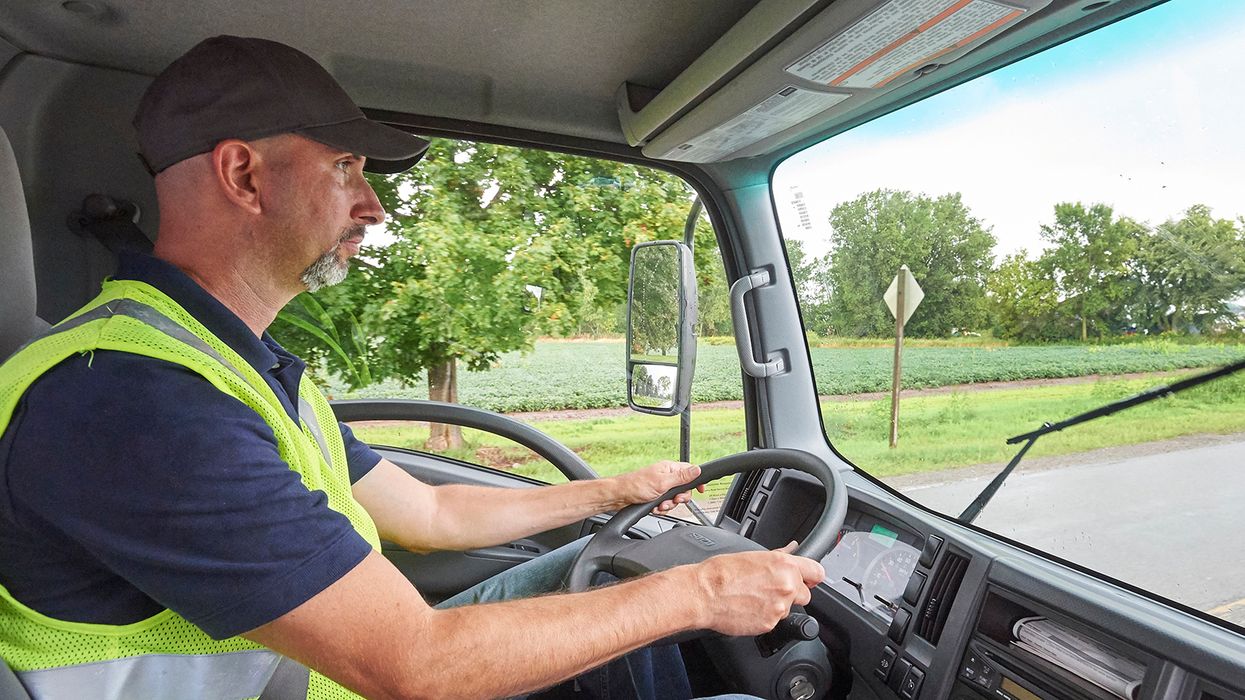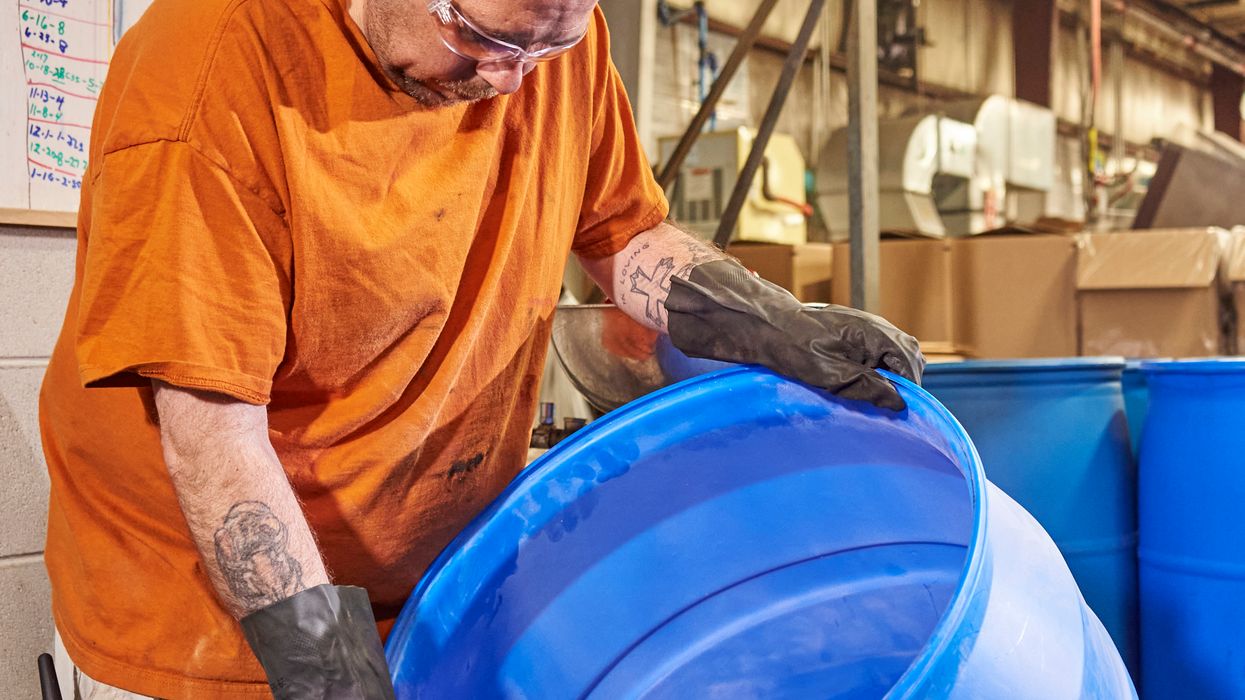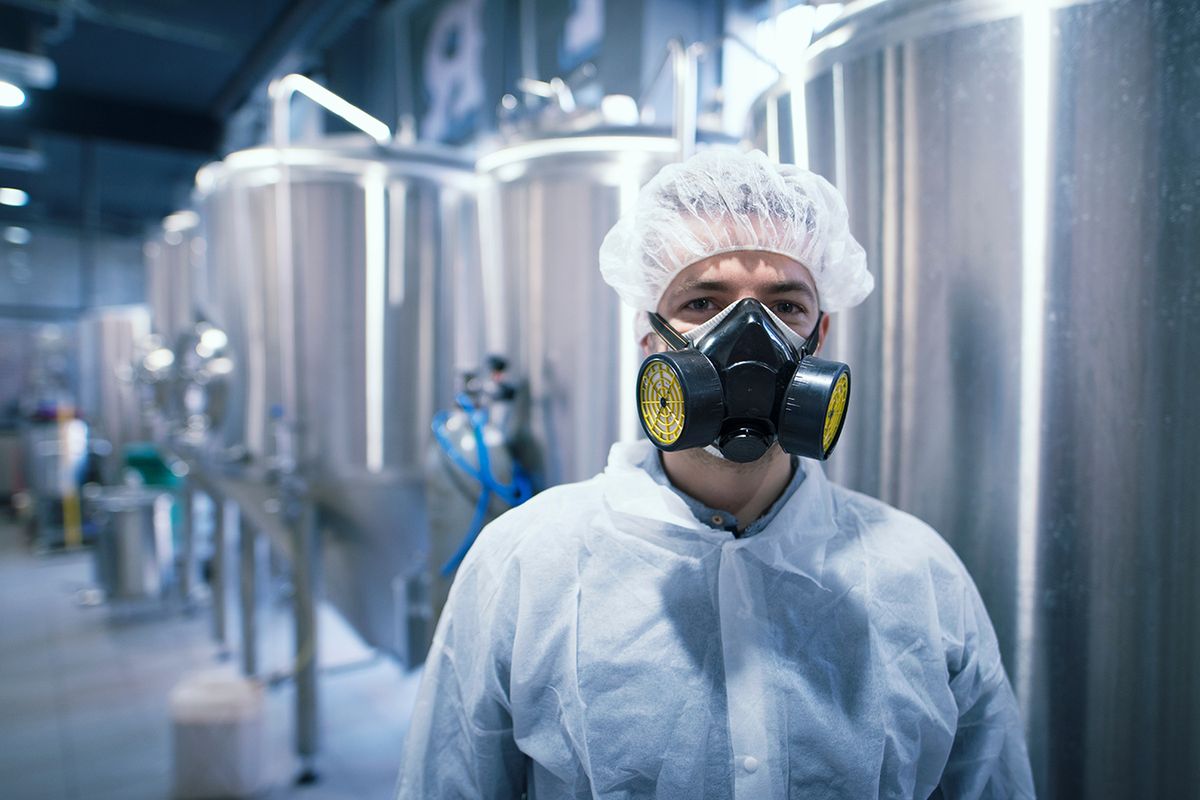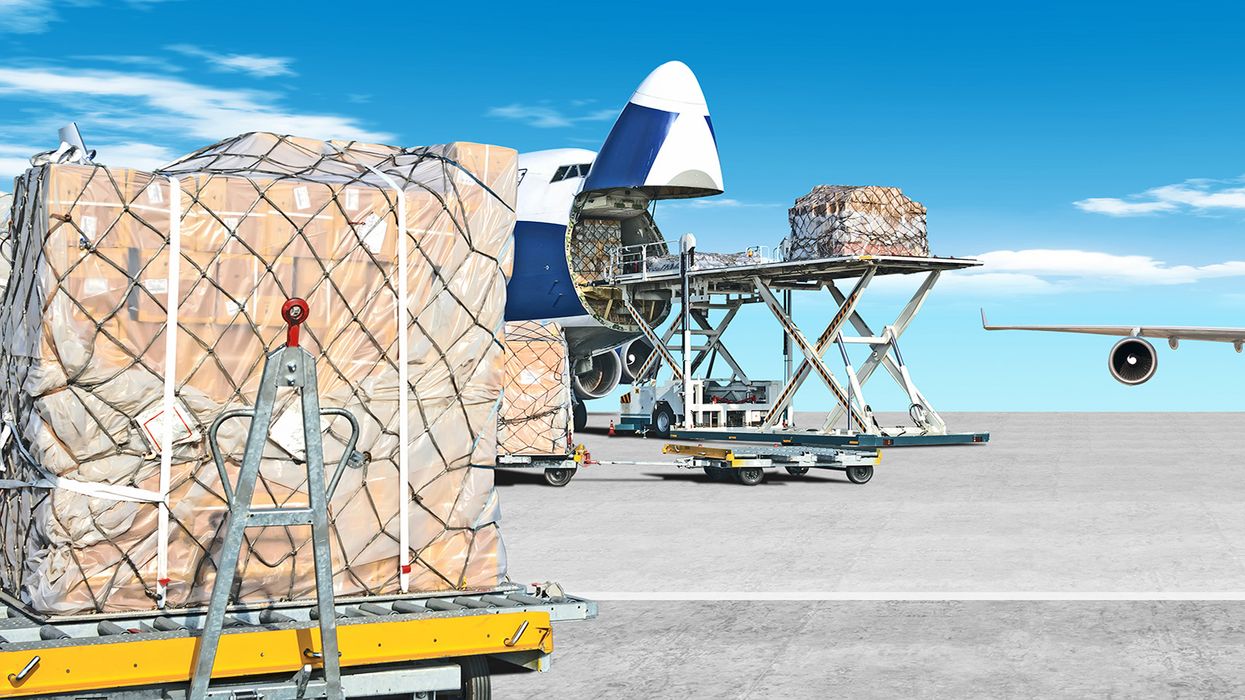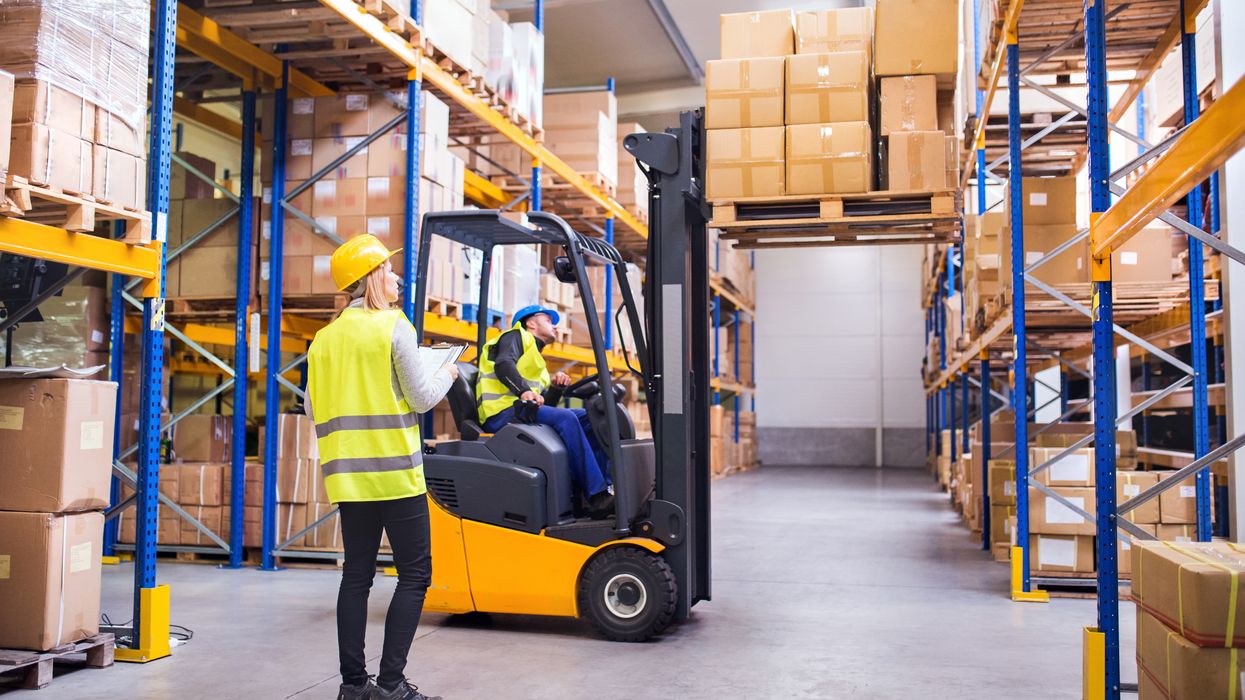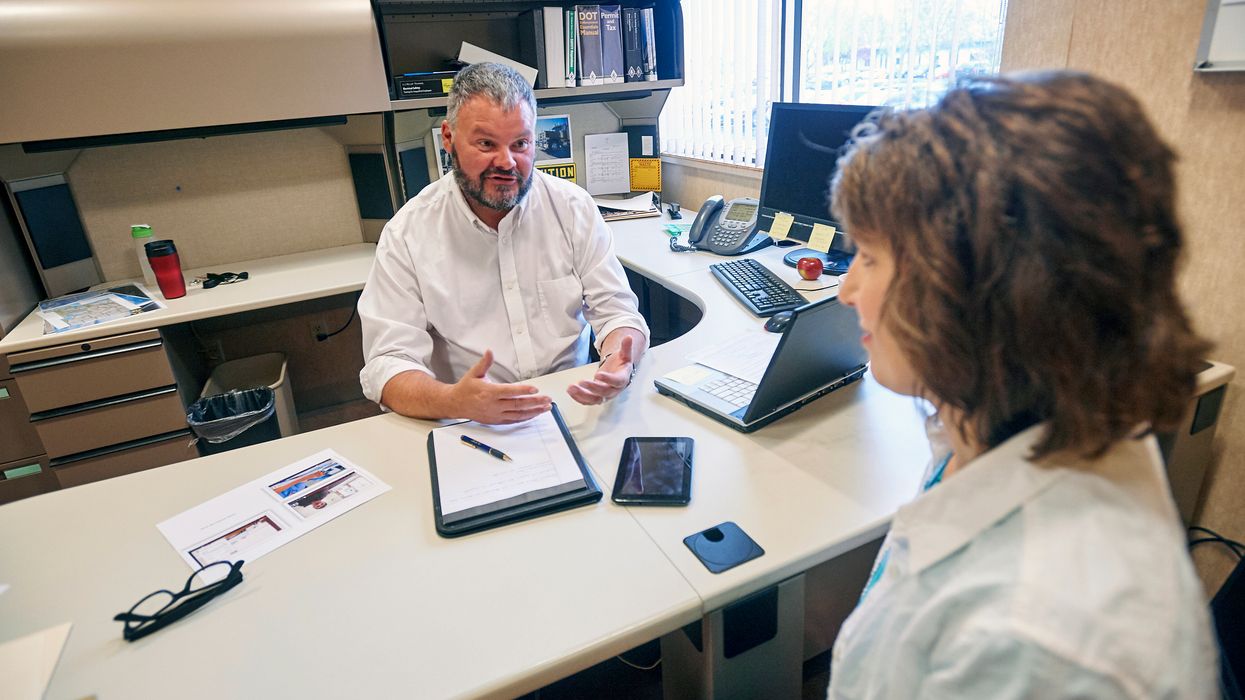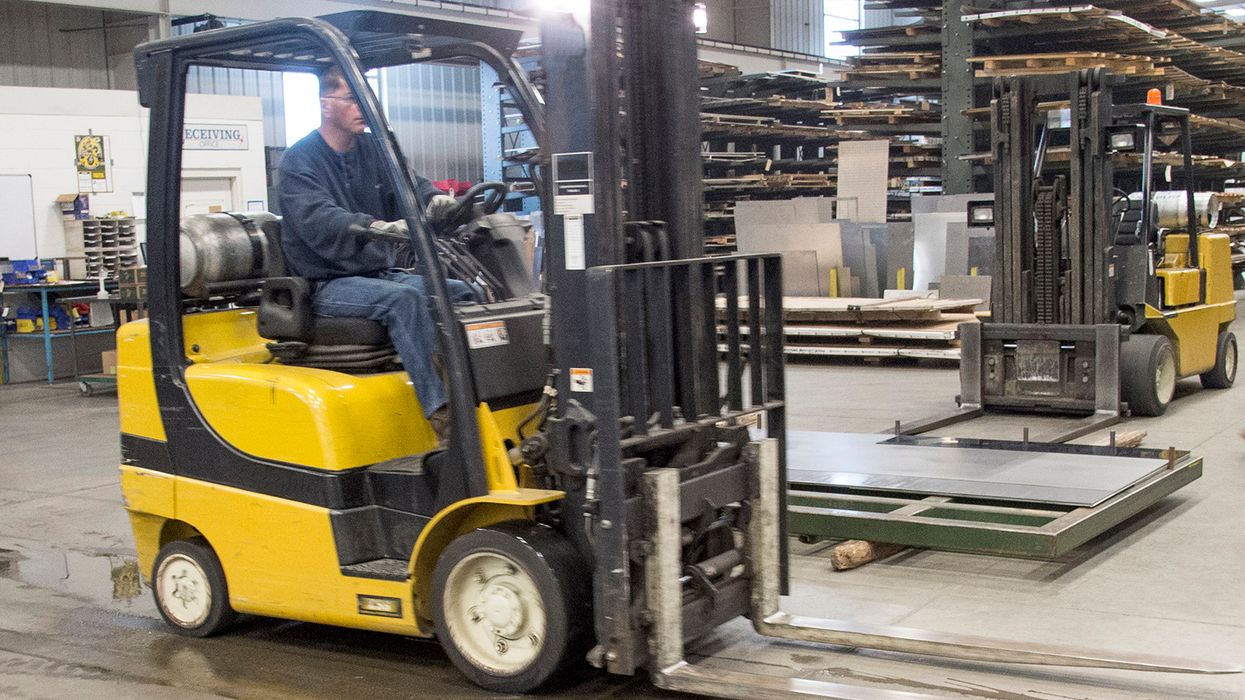Smart pretreatment: How digital tools are transforming industrial wastewater management
Industrial wastewater pretreatment systems are evolving quickly. With tighter regulations, aging infrastructure, and rising costs, many facilities are turning to digital tools to modernize their operations. From real-time monitoring to predictive analytics, these technologies help permitted systems stay compliant, reduce risks, and improve performance.
Real-time monitoring improves oversight and response
One of the most important advancements is the use of real-time sensors and Supervisory Control and Data Acquisition (SCADA) systems. These tools allow operators to monitor key factors like pH, flow rate, temperature, and contaminant levels around the clock. If something goes out of range, alerts are sent immediately – helping prevent violations and environmental damage.
Automated sampling and reporting also make it easier to meet regulatory requirements. By reducing manual work and improving accuracy, facilities can respond faster to changes in discharge conditions. This is especially helpful in industries where wastewater characteristics vary, such as food processing or chemical manufacturing.
Predictive analytics and AI support proactive management
Beyond monitoring, predictive analytics and artificial intelligence (AI) help facilities anticipate problems before they happen. By analyzing past data, these systems can predict equipment failures, detect changes in influent quality, and recommend better chemical dosing strategies.
Such a proactive approach reduces downtime, lowers maintenance costs, and improves treatment results. It also helps with long-term planning by identifying trends that may point to needed upgrades or process changes.
Digital twins enable safer, smarter optimization
Some facilities are using digital twins – virtual models of their pretreatment systems. These models simulate real-world operations, allowing engineers to test changes in flow, chemical use, or equipment without affecting actual processes.
Digital twins are also useful for training. New staff can explore how the system works and practice emergency responses in a safe, controlled environment.
Cybersecurity and data protection are growing priorities
As more systems become connected, cybersecurity is a growing concern. Facilities must protect their digital systems from unauthorized access and data breaches. This includes using secure networks, encrypted communication, and regular system checks to ensure data is safe and reliable.
Looking ahead: integration and interoperability
The future of smart pretreatment lies in system integration. Facilities are looking for platforms that combine data from sensors, lab tests, maintenance logs, and compliance reports. When digital tools work together, operators get a clearer view of system performance and can make better decisions.
Key to Remember: Digital tools are no longer optional—they’re essential for modern industrial wastewater pretreatment. By adopting smart technologies, facilities can improve compliance, reduce costs, and support environmental goals.





























